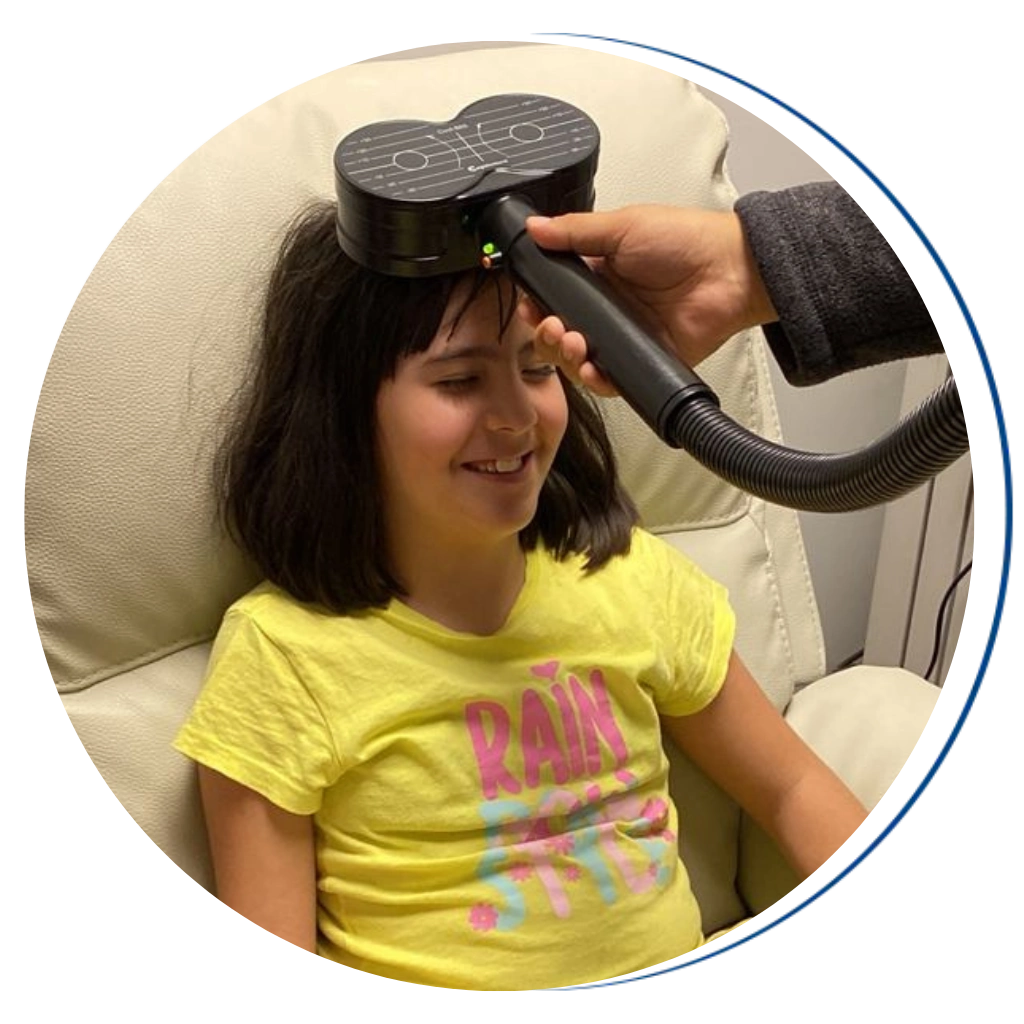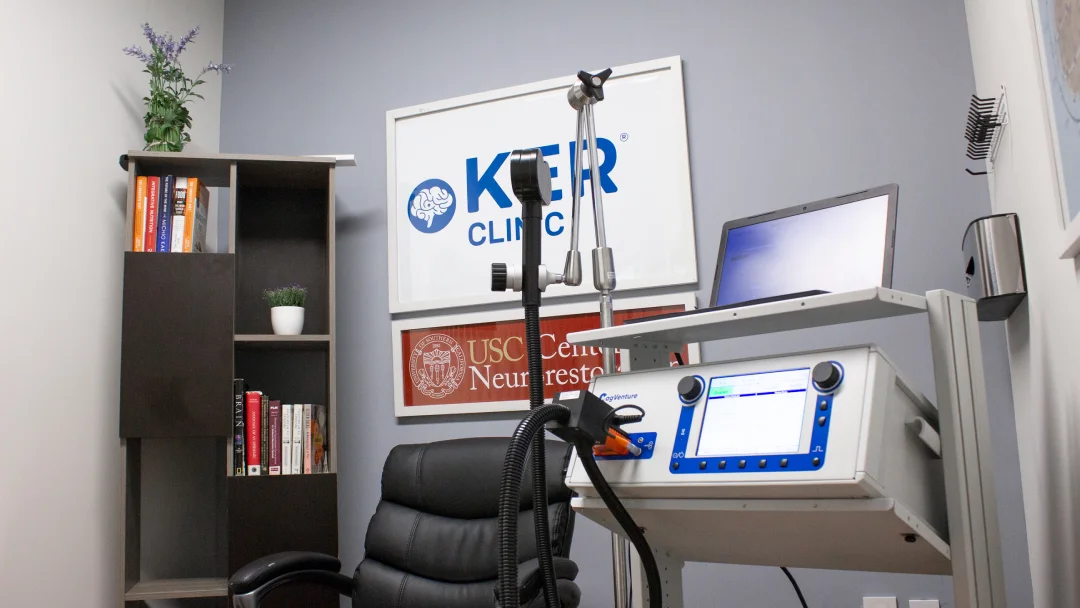



EMBP™
Electromagnetic Brain Pulsing Treatment
Neuro-ker is a treatment based on the deficiency of neuronal activity, with the purpose of reformulating communication between different areas of the brain.
Our initial study analyzes brain waves to define the treatment to be carried out, making it completely personalized and tailored to the needs of each patient.
Neuronal activity can be affected by multiple reasons, including:
- Sleep disorders
- Congenital conditions
- Chemical trauma/addiction
- Acute head injury
- High levels of stress/emotional trauma
These alterations can range from mild to significant, as each person has different thresholds of tolerance. However, the brain has the ability to improve and adapt to these changes.
BENEFITS

Non-invasive

Drug-free

Cutting-edge technology

Personalized
OUR PROCESS

1. We perform an EEG and ECG


2. Analysis and Review of the EEG


3. Treatment


4. Progress Evaluation

INDICATED FOR

Autism
EMBP treatment has been used to treat autism spectrum disorders, with improvements in communication, social interaction, behavior, and empathy in several studies. It stimulates brain regions involved in visual perception, improving the ability of children with ASD to recognize emotions in faces.

Anxiety
It reduces anxiety symptoms in patients with anxiety disorders such as Obsessive-Compulsive Disorder (OCD), Generalized Anxiety Disorder (GAD), and Panic Disorder. It allows for a reduction in the need for medication, which can decrease the side effects associated with their use.

Depression
It improves brain function in the areas involved in mood disorders. By stimulating these areas and regulating communication between different regions of the brain, it can help with mood and enhance cognition.

ADHD
It reduces symptoms of hyperactivity and impulsivity in patients with ADHD, which can improve their ability to control their behavior and reduce their level of distraction.

Insomnia
It has been used to improve the quality of sleep in patients with insomnia. By regulating serotonin levels, a precursor to melatonin involved in sleep regulation, it enhances the quality and reduces nighttime awakenings.

PTSD

Burnout

Athletic Performance

Bipolarity

Cognitive deficit

Stroke

Schizophrenia

Dementia
Testimonials







